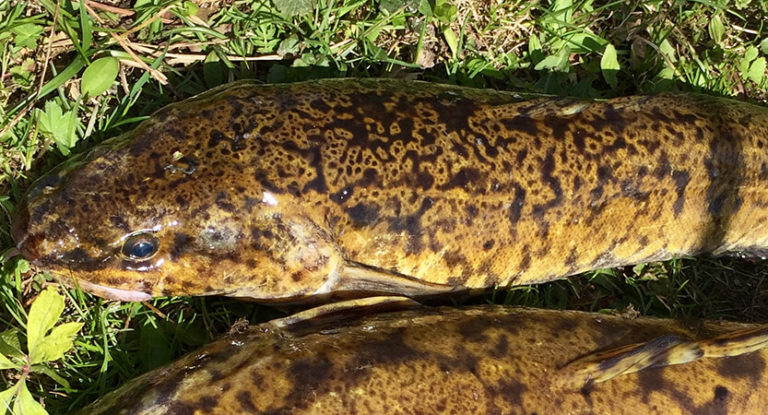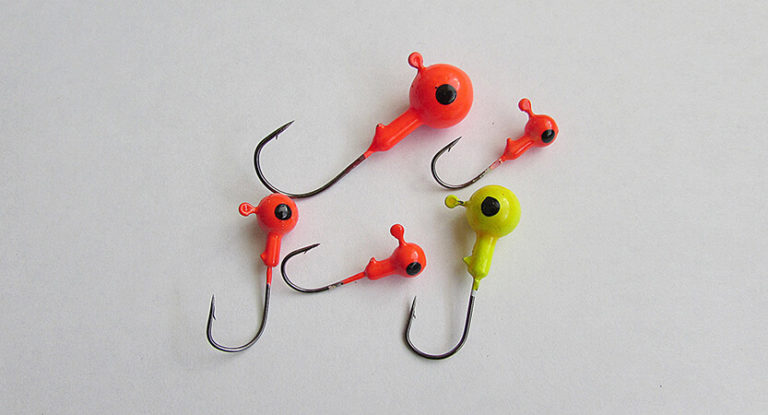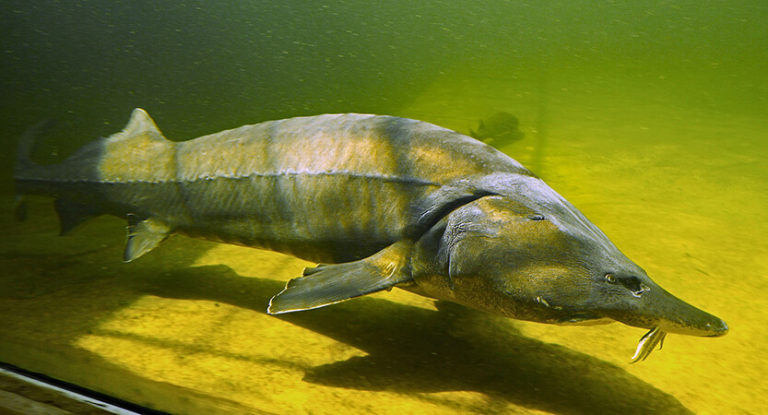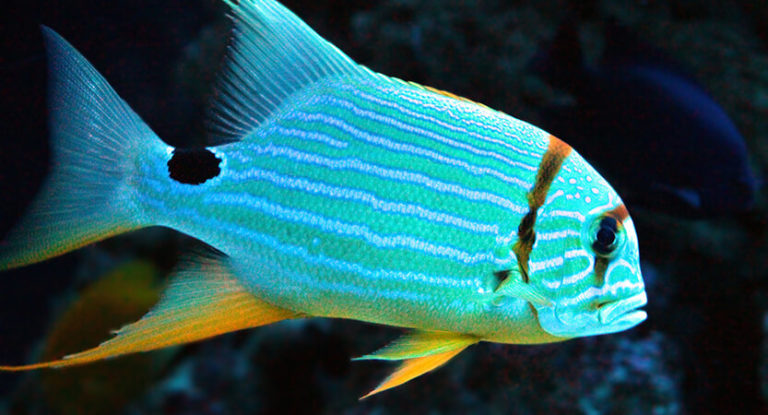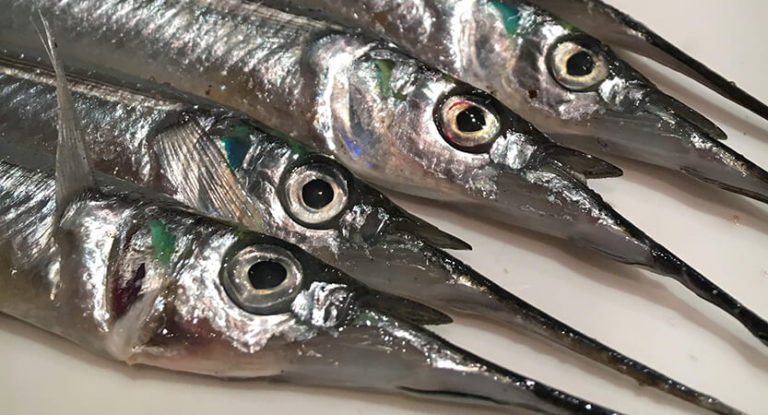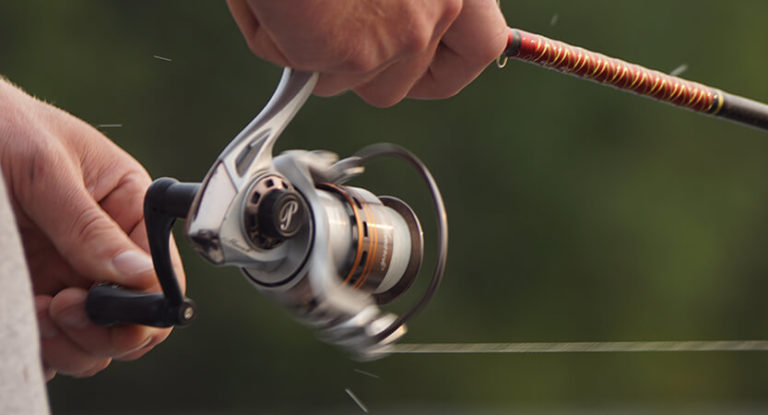Pollock is one of the many species of codfish. A popular recreational and industrial fishing destination in the North Atlantic. The fish is medium in size. It can grow up to 1.2 m and weight more than 20 kg. It has a valky body, characteristic of most crack-like fish. The chin tendril is rather short. The mouth is middle, in contrast to the bottom cod, with a characteristic lower mouth. The back is olive green or steel in color, the belly is whitish. Caudal fin and pronounced notch.
Here is an overview of the content of this tutorial, feel free to jump to any section you care about:
For more fishing instructions, take a look at these popular Trizily links: Cisco fishing.
Pollock Fishing
Characteristics of pollock
Pollock is an active flock predator feeding on juveniles of herring, herring and more. Bottom-pelargic fish, living at depths of up to 250 m. The fish gravitates to the shelf zone and, despite the pelargic lifestyle, does not go far into the sea. During the pursuit, prey can rise into higher layers of water.
Another representative of the cod-like ones is similar to the saithe – Lure or Pollack (Pollachius virens), but it does not have a chin antennae and is much smaller. Lure live in the waters of Northern Norway to the Bay of Biscay. Unlike other cod species, who prefer bottom layers of water with a high salt concentration, pollock can also go to desalinated areas of the northern seas; capture in the Baltic Sea is not uncommon. Sides are characterized by active migrations. Industrial production is very active. Nutritional value is very high. It is worth noting that from the pollock, most often, they make fakes of salmon canned food, tinting the meat to the desired shade.
Reproduction habit of pollock
Pollock spawning periods may vary by region. In general, it can be described as winter-spring. Spawn occurs in the lower, most saline layers of water. The bottom-pelargic caviar, the larvae quickly transfer to the animal nutrition of crustaceans and caviar, and gradually young pollock begins to feed on smaller fish.
Pollock fishing guide: Techniques, bait and gear
Pollock fishing techniques
Very often amateur fishing on saithe, along with cod, occurs during fishing tours in the North Atlantic. Fishing is carried out practically all year round. It is caught on a par with cod, but pollock meat is valued higher. The main method is plumb fishing. Under certain conditions, for example, when fishing in the fjords, saithe can be caught spinning “in the cast” or “donks” both from the shore and from the boat.
Trolling for pollock
The most interesting and successful way of fishing for haddock is sheer flashing. Fishing takes place from boats and boats of various classes. As well as for catching other codfish, anglers use marine spinning tackle for angling saithe. For all gear, in spinning fishing for sea fish, as in the case of trolling, the main requirement is reliability. The reels should be with an impressive supply of fishing line or cord.
In addition to a trouble-free brake system, the reel must be protected against salt water. Spinning fishing from a boat may differ in lure feeding principles. In many cases, fishing can take place at great depths, which means that there is a need for prolonged exhaustion of forests, which requires certain physical efforts on the part of the fisherman and increased requirements for the strength of gear and reels, in particular. According to the principle of action, the reels can be either multiplier or inertia-free. Accordingly, the rods are selected depending on the reel system. When fishing for spinning sea fish, the fishing technique is very important. In order to select the correct wiring, consult with experienced local fishermen or guides.
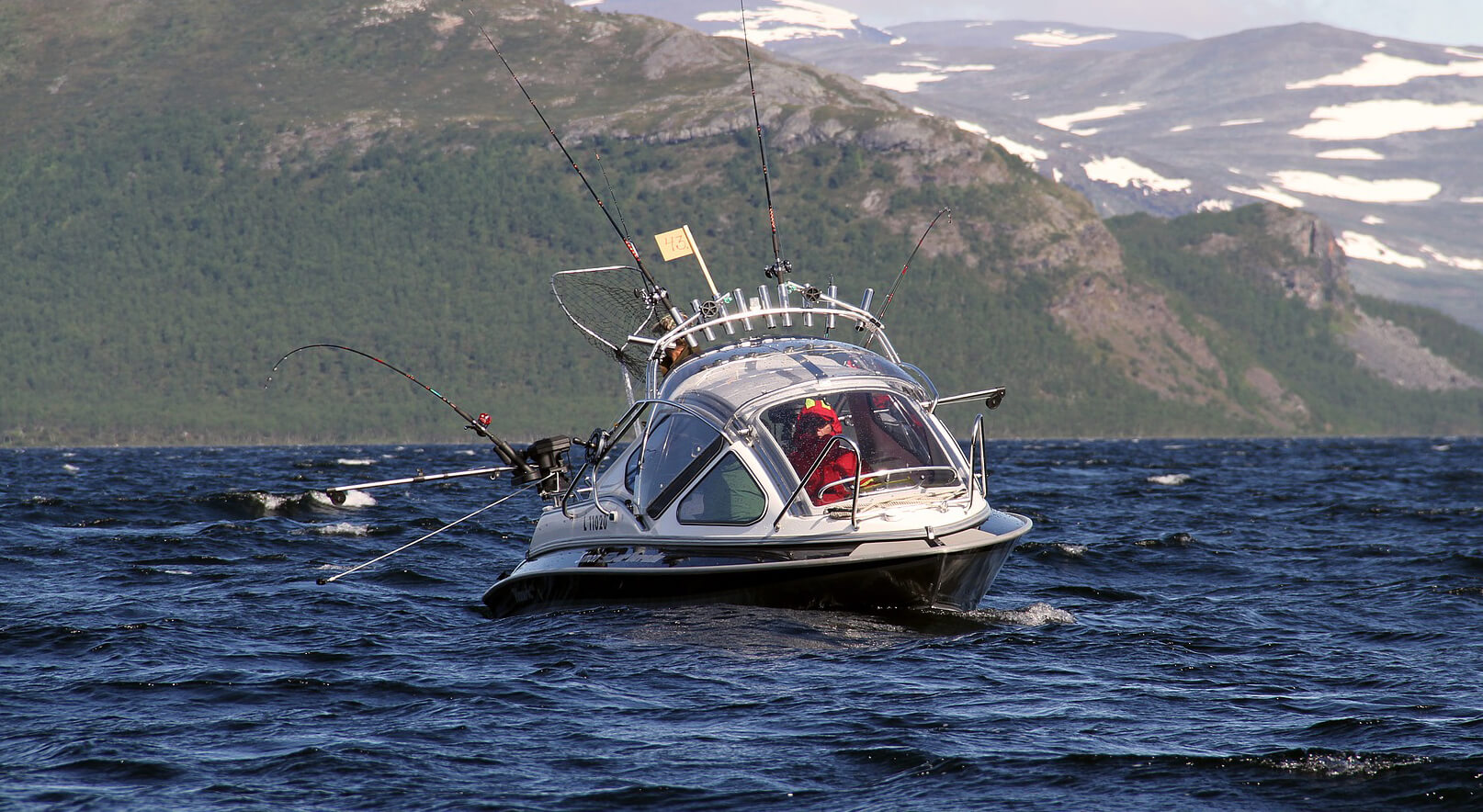
Pollock forms large clusters, with active biting experienced anglers and guides do not recommend the use of multi-hook gear. When biting several fish at the same time, fishing can turn into a difficult, hard work. Very large individuals come across infrequently, but the fish have to be raised from considerable depths, which creates great physical stress when fishing prey. The use of snap-ins for natural baits (“dead fish” or slicing) is also quite relevant.
Pollock fishing bait
In most cases, when fishing on the pollock, various vertical spinners and pilkers are used. Fish can bite at different depths and the use of such snap-ins can be considered the most universal. In general, pollock fishing is distinguished by the fact that this fish, unlike most codfish, can be found at different depths. As already mentioned, it is justifiable to use various baits for spinning fishing “in casting” and slicing fish and shellfish meat when fishing with specialized equipment. Mollusks are most preferred when fishing from the shore using the donkey method.
Where to catch pollock
Pollock are prone to migration; there are cases of capture of this fish off the coast of Spain and in the Baltic Sea. In spring, it migrates north, in the fall south. Fish appears in the summer. The main habitat of pollock is the waters of the North Atlantic. It can be caught off the coast of North America, Northern Europe, Iceland, the Faroe Islands and the Barents Sea.

